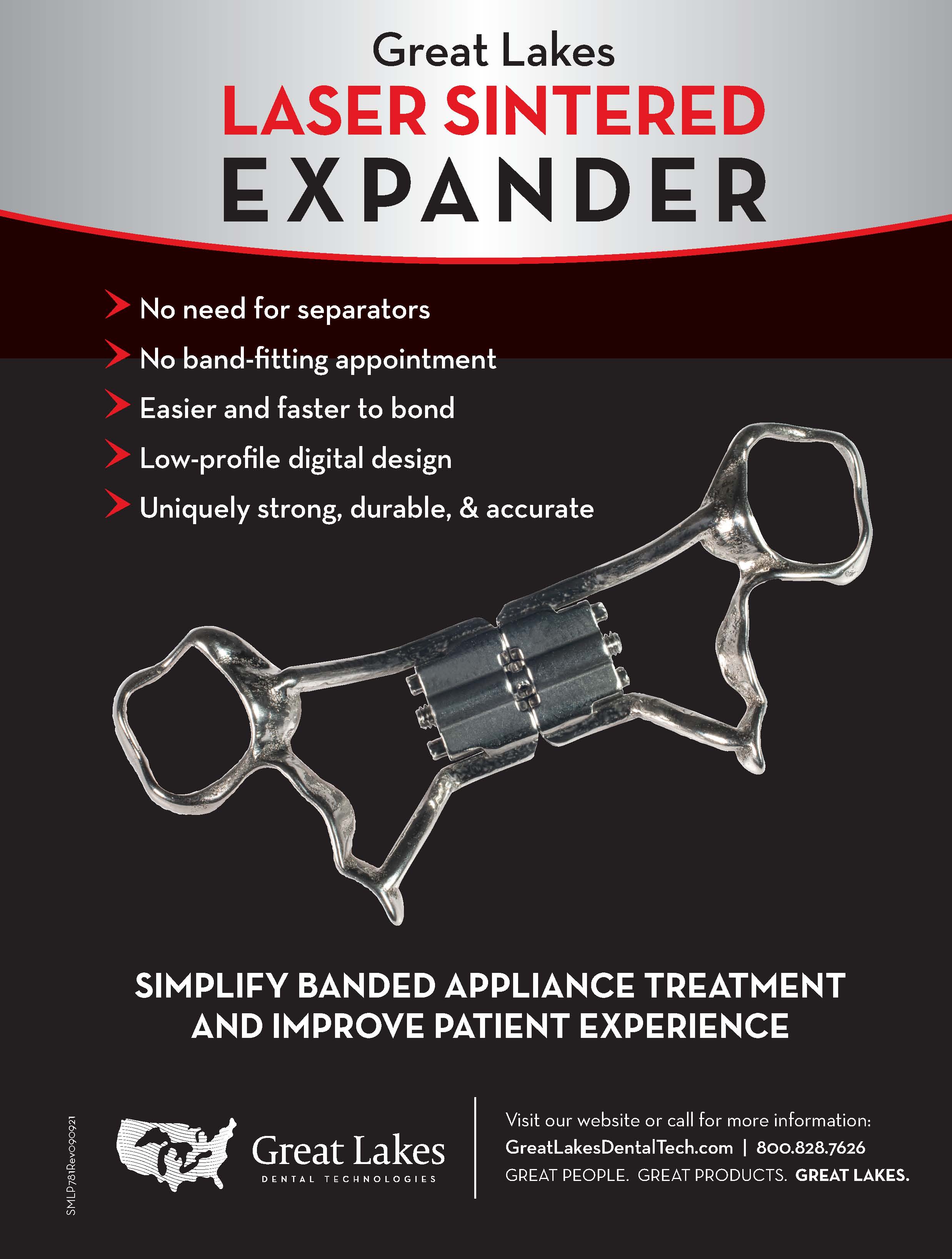Over the past quarter-century or so, obstructive sleep apnea (OSA) treatment has become a more and more integral part of routine orthodontic practice. Prior to that, little was mentioned about sleep disorders in orthodontic training programs or in the orthodontic literature. I was graduated from dental school in 1981, and I remember nothing about OSA from my predental training, my dental school curriculum, or my postdoctoral specialty program.
On the Medscape website, OSA is defined as “a sleep disorder that involves cessation or significant decrease in airflow in the presence of breathing effort. It is the most common type of sleep-disordered breathing (SDB) and is characterized by recurrent episodes of upper airway (UA) collapse during sleep. These episodes are associated with recurrent oxyhemoglobin desaturations and arousals from sleep. . . . Apnea may occur hundreds of times nightly, 1-2 times per minute, in patients with severe OSA, and it is often accompanied by wide swings in heart rate, a precipitous decrease in oxygen saturation, and brief electroencephalographic (EEG) arousals concomitant with stertorous breathing sounds as a bolus of air is exhaled when the airway reopens.”1
As with many important clinical topics since JCO was first published in 1967, this journal was among the first in the worldwide orthodontic literature to explore sleep apnea and its treatment from an orthodontic perspective. The first mention of sleep apnea in these pages was in the March 1987 issue, in an article by Dr. Peter George of Honolulu titled “A Modified Functional Appliance for Treatment of Obstructive Sleep Apnea.”2 Dr. George defined OSA for the specialty and presented a means of treating it with a wire-and-acrylic Nocturnal Airway-Patency Appliance (NAPA). That device is still used today. About a year later, Dr. Ernest Rider offered a similar approach using a “Removable Herbst Appliance for Treatment of Obstructive Sleep Apnea.”3 Perhaps the most informative paper we have published is an Overview on “Sleep Disorders and Oral Appliances: What Every Orthodontist Should Know” by my long-time friend and mentor (and JCO Contributing Editor), Dr. Sarah Shoaf.4
Similar articles from the archive:
- THE EDITOR'S CORNER Treating Patients with Sleep Disorders September 2019
- THE EDITOR'S CORNER The Orthodontist and Sleep Apnea September 2011
- THE EDITOR'S CORNER Our Expanding Role December 2006
Our coverage continues in this special issue of JCO. Following Dr. Shoafʼs lead, Dr. Louis Chmura presents an excellent overview of current OSA diagnosis and treatment procedures, based on his personal experience as an OSA patient. Dr. Michael Meru outlines how to integrate airway treatment into your practice in a Management & Marketing column. Two groups of authors describe the “surgery first” approach as a method of maxillomandibular advancement for resolution of OSA—one using lingual appliances with miniplate anchorage and the other using Invisalign for postsurgical orthodontic treatment. I moderate a JCO Roundtable on OSA in orthodontic practice, with an all-star roster of participants. Finally, our Associate Editor, Dr. Neal Kravitz, offers a Pearl on how to perform a lingual frenulectomy using a diode laser (with a supplemental video).
As observed by our Contributing Editor and roundtable panelist, Dr. John Graham, the American Academy of Sleep Medicine “recognizes that pediatric sleep disorders are underdiagnosed and carry potentially serious developmental implications.” Dr. Chmura points out that “an estimated 20% of the adults in the United States (about 18 million) have OSA, but about 85% of those are undiagnosed.” Therefore, as many of our authors observe, the orthodontist has a significant role to play in screening and multidisciplinary treatment for OSA. I am sure you will find this issue of JCO to be informative and clinically applicable.
RGK



COMMENTS
.